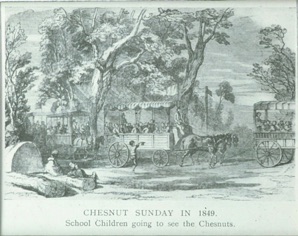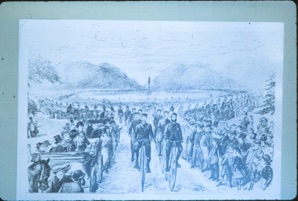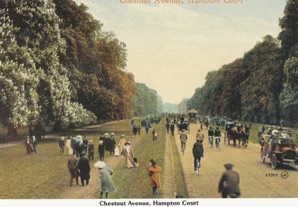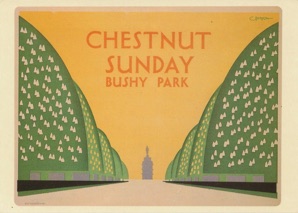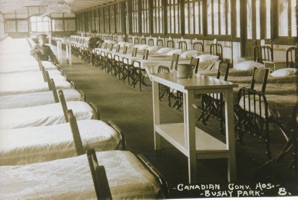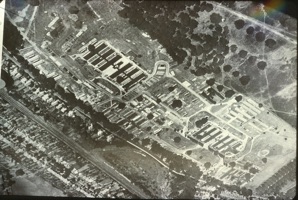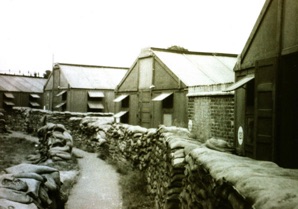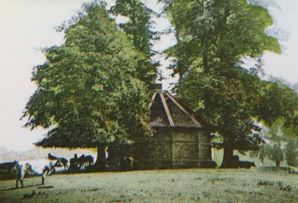The Royal Parks
Seventy percent of the area of Hampton Wick is covered by Royal Parks - Bushy to the north and Home Park to the south. Originally for the exclusive use of Hampton Court Palace, it was Queen Victoria who opened both Parks to the public.
(Click to get a larger image)
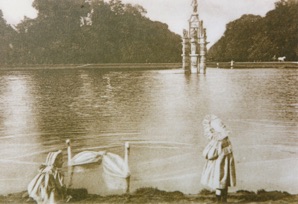
The Diana Fountain in Bushy Park. Originally created for Somerset House in the 1630s, the fountain has stood since 1713 in Bushy Park, and now forms a large traffic island in Chestnut Avenue.
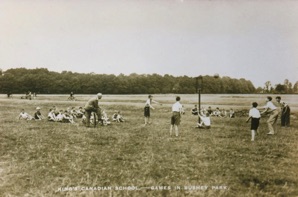
1918 - 1932: After the war ended, the King granted Upper Lodge to the London County Council as a holiday ‘open air’ school for poor boys from the East End of London who were suffering from respiratory diseases. It was known as the King’s Canadian School
